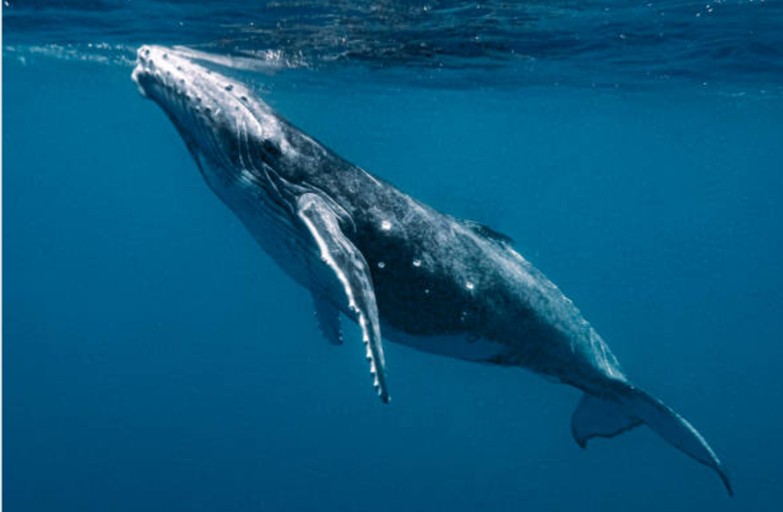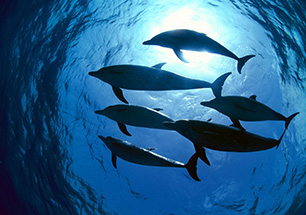KEY QUESTIONS
- Does marine vibrator (MV) technology reduce sound exposure risk to marine mammal compared to compressed air sources?
- What are the auditory masking and behavior impacts of marine vibrator (MV) technology on marine mammals?

SUMMARY
Low-frequency noise is generated by activities related to oil & gas exploration and production. The intense, repeating pulses produced by seismic air gun arrays are of concern for some marine animals, particularly taxa that are sensitive to the spectral energy contained in these far-reaching sounds. In response to growing demand from stakeholders and industry to provide an alternative to seismic arrays with reduced environmental impact, a number of projects have been launched by the industry in order to bring commercially available Marine Vibrator (MV) technology to market. This MV technology is not envisaged as a replacement for seismic arrays; however, it would be an alternative for use in shallow water environments or in areas with significant environmental sensitivities or restrictions. This well-structured and comprehensive field-based study is providing evidence to stakeholders to encourage pragmatic regulation of MV technology which may differ from regulations applicable to existing seismic array technologies).
Objectives and methods
- Apply a systematic, experimental design using proven tools and methods to obtain novel data on behavioral responses of ESA-listed, very-low-frequency baleen whales to marine vibrators in realistic conditions.
- Locate, tag and track blue (priority) or fin whales
- Apply multi-scale tag approach (short- and medium-duration)
- Conduct Controlled Exposure Experiments (CEEs) with realistic marine vibrator signals from operational deployment
- Augment tag data with follow, photo ID, body condition data
Importance
Industry MV projects are in the process of finalising development of full-scale prototypes and are collecting field data in order to geophysically characterise the MV sources and assess MV performance. A “next generation” MV source with a proven, quantified reduction in environmental impact could confirm applicability of reduced precautionary regulations for permitting offshore surveys and therefore a reduced cost to operate for the industry. The MV source may also open new exploration areas previously considered inaccessible to traditional technology.
Links to other research
- Determining the Environmental Impact of Marine Vibrator Technology I
- Masking effects of marine vibrator (MV) sources on seals and other marine mammals
Institutions/PIs
- Southall Environmental Associates, Inc. (Brandon Southall)
- Cascadia Research Collective
- Hopkins Marine Station, Stanford University
- Marine Acoustics, Inc.

